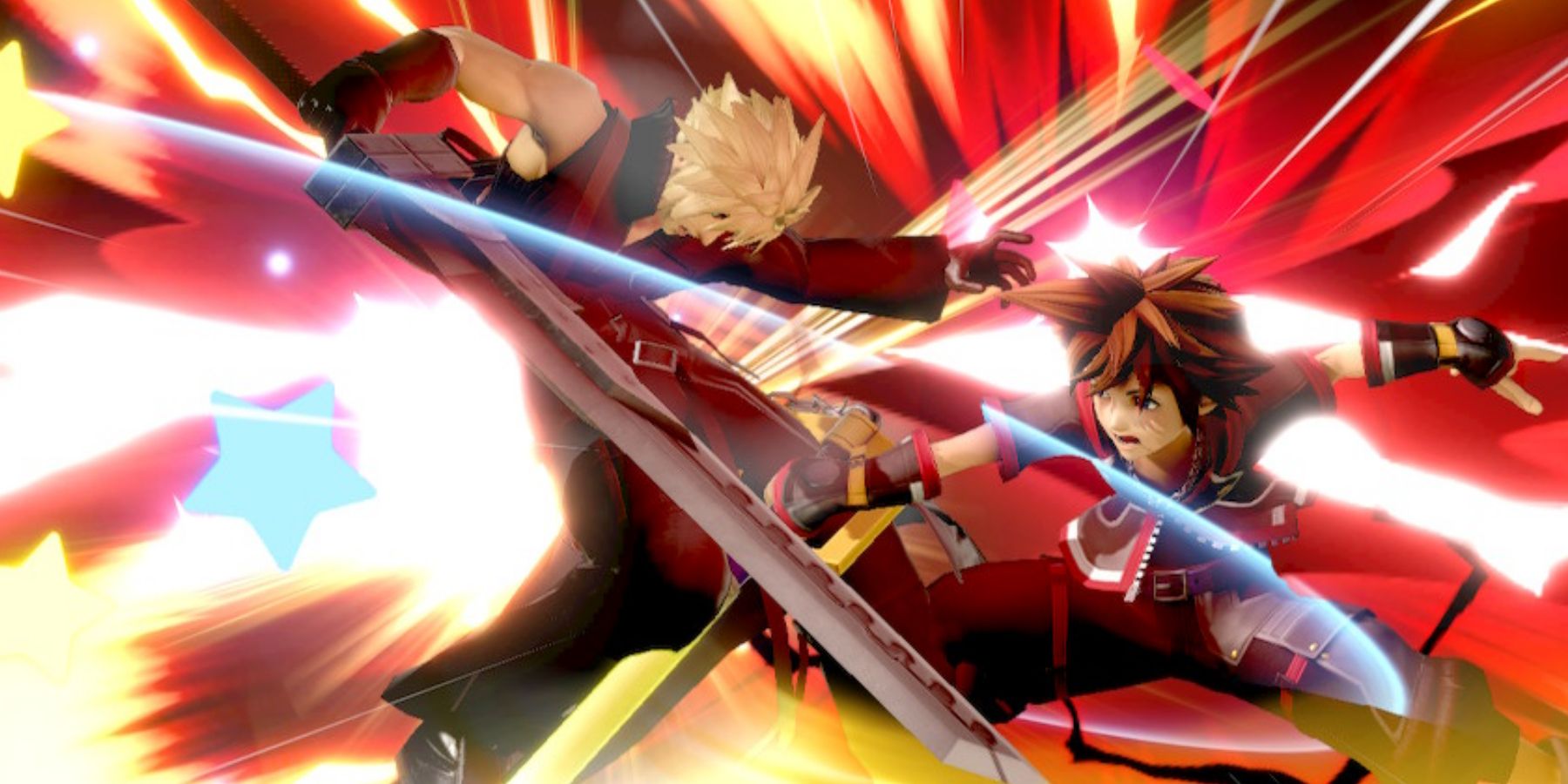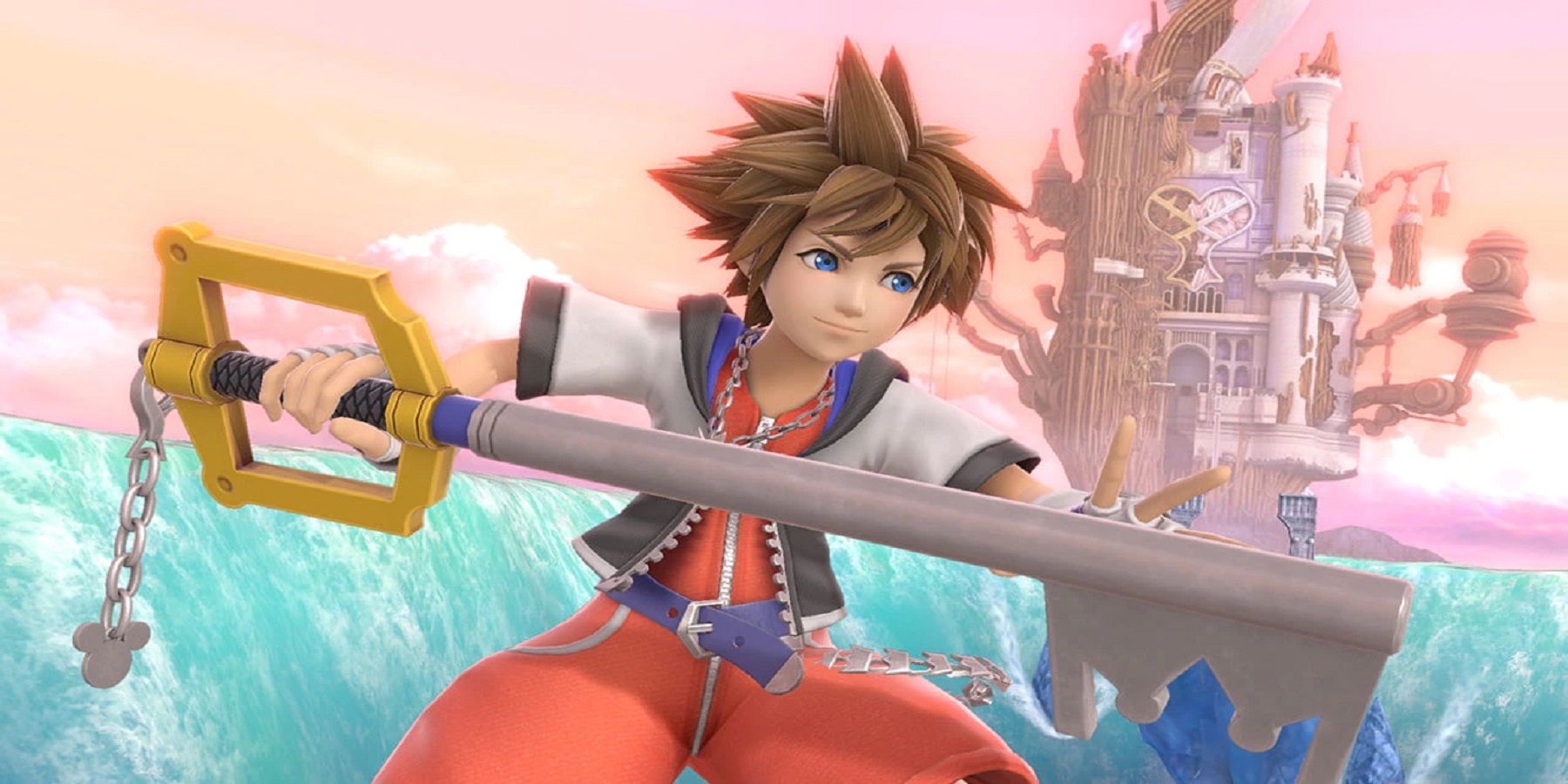After a long wait, Sora has finally entered the world of Super Smash Bros. Ultimate. Many fans were thrilled to find out that Sora was the last DLC fighter in Fighter Pass Vol. 2, and with Sakurai's presentation of the Keyblade wielder's moveset, they got to see just how much detail went into his build. The easter eggs and surprises didn't end there, though, as fans would find his Classic Mode route to be full of references as well.
Ever since Super Smash Bros. for the Nintendo 64, the game has at least had a "Classic Mode" accompanying it. It's a singleplayer campaign that pits the player's fighter of choice against numerous stages. Where most previous Classic Modes were entirely random, Super Smash Bros. Ultimate has specific routes picked out for the fighters. For Sora, his is practically a re-telling of his adventures in surprising detail. All of his matches are Stamina-based, as well, which means his special finisher activates, too.
From Kingdom Hearts 1 And Beyond
Sora's first stage seems a bit generic, and it may be that way to be a simple start, matching the theme of his Classic Mode. It features Link and Young Link in their Dark Link designs at 50 stamina. This may either be to represent Sora's anti-forms, or possibly Sora and Riku when the game first started. It could also be to represent the Heartless fought at the start of the game at the Stations of Awakening, but it seems unlikely, as this part of Sora's route does not feature the Dive To the Heart transformation.
The second stage, which is a horde of Mr. Game and Watch of differing sizes, has a more obvious meaning. The horde is meant to represent the Heartless Sora fights throughout his series. This is made even clearer in that Aqua's Spirit Battle features them before having her appear as Lucina, a reference to Kingdom Hearts HD 2.8 Final Chapter Prologue.
His third stage is where it gets much more interesting. This stage features Cloud in his Advent Children costume, using the Coliseum stage from Fire Emblem. It's most definitely a reference to Cloud's boss fight against Sora in Kingdom Hearts 1, complete with the exact music that plays while fighting him.
The next stage has three Robins, which may seem like it isn't much, but Hollow Bastion's music makes it a bit clearer. The use of the Robins is to reflect three mage bosses Sora fights in Hollow Bastion, which is two different Riku fights alongside Maleficent. Where there are more fights awaiting Sora in the final stage of the game than that, these three are most definitely why the Robins are fought here, especially with the next stage.
Stage five sees Sora fighting a giant Ganondorf wearing his blue and white costume, similar colors to Ansem's Dark Figure Heartless, and that's exactly who this fight is meant to represent. They're fighting on a cliffside similar to how Destiny Islands was nothing but sand hanging off a cliff after the End of the World. The final reference that Smash Bros. goes all out on is a Kingdom Hearts 2-themed stage, with Dive To the Heart showing Sora in the background as players fight a metal Sora. He may not be wearing a dark cloak, but this is most definitely a reference to Sora fighting Roxas deep within his heart as a boss battle late into the game, or his heartless form.
The final stage Sora fights in is against Master Hand and Crazy Hand. Sora had a few options for a boss here, so it's possible this may be a reference as well, beyond making him fight the hands Smash Bros. is known for. There's a chance this fight is meant to represent Xehanort, the final boss of Kingdom Hearts 3, as well as how he is the "puppet master" of the fight between the Guardians of Light and the 13 Darknesses.
While Classic Mode isn't the longest mode Super Smash Bros. Ultimate has to offer, the amount of detail put into all of the references in Sora's is outstanding. It translates many iconic Kingdom Hearts and KH2 moments into its world with ease and is sure to make many fans delighted to see it. Once players are done playing, they can even enjoy Smash's own take on a Gummi Ship Level as the music plays while Sora blasts at the names in the credits.
Super Smash Bros. Ultimate is available now for Nintendo Switch.


